Home>Garden Essentials>What Does Mustard Seeds Grow Into
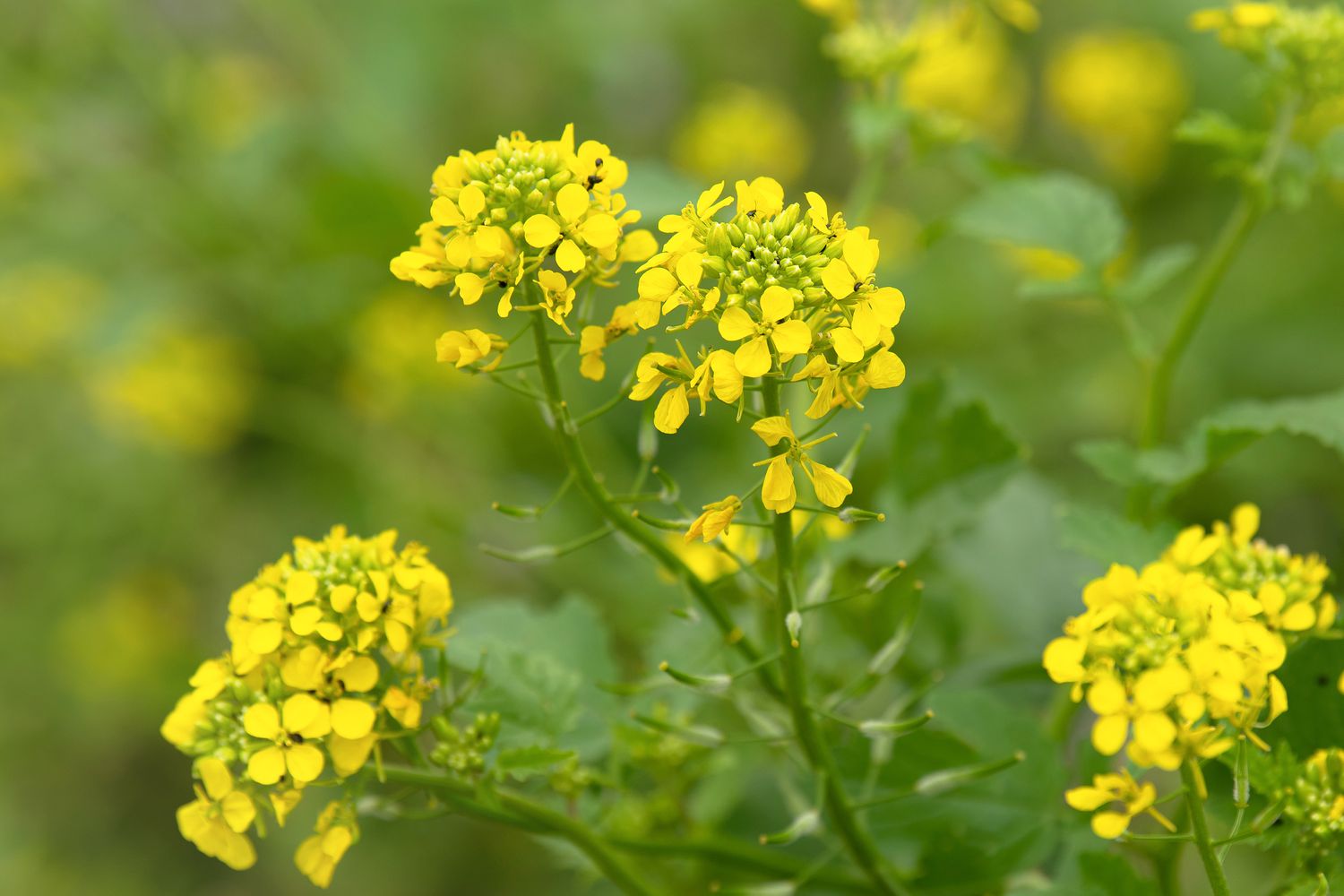

Garden Essentials
What Does Mustard Seeds Grow Into
Modified: April 28, 2024
Discover what mustard seeds can grow into in your garden, from vibrant yellow plants to a flavorful addition to your favorite dishes. Find out how to cultivate and use these versatile seeds!
(Many of the links in this article redirect to a specific reviewed product. Your purchase of these products through affiliate links helps to generate commission for Storables.com, at no extra cost. Learn more)
Introduction
Welcome to the fascinating world of gardening! If you are a beginner or even an experienced gardener looking to expand your knowledge, you might be wondering what mustard seeds grow into. Well, you’re in the right place! In this article, we’ll explore the process of mustard seed growth, the environmental requirements for their successful cultivation, factors that affect their growth, and how to harvest these tiny but mighty seeds.
Mustard seeds are small, round seeds that come from the mustard plant, scientifically known as Sinapis or Brassica. They are not only a popular spice used in many cuisines but also a versatile plant that can be grown in your garden. Understanding the growth process and requirements of mustard seeds can help you successfully cultivate them, whether you have a backyard garden, balcony garden, or even just a few pots on your windowsill.
As we delve into the world of mustard seed growth, it’s essential to note that each seed holds the potential for new life. A mustard seed contains all the genetic information required to develop into a fully grown mustard plant. With the right conditions and care, these tiny seeds can transform into fascinating plants that provide both culinary and ornamental benefits.
So, let’s dive deeper into the journey of mustard seed growth and discover the secrets behind cultivating these incredible seeds into flourishing plants!
Key Takeaways:
- Mustard seeds grow into mature plants through stages like germination, flowering, and seed formation, requiring sunlight, moderate temperatures, and well-draining soil. Harvest and use them for culinary, medicinal, and ornamental purposes.
- Understanding the growth process and environmental requirements of mustard seeds can help you successfully cultivate them, ensuring a rewarding journey of growth, harvest, and diverse uses.
Read more: How To Grow A Mustard Seed
The Process of Growth
The growth of mustard seeds involves several stages, starting from germination to the development of a mature mustard plant. Let’s walk through each step of this fascinating process:
- Germination: The growth journey of a mustard seed begins with germination. When provided with adequate moisture, warmth, and oxygen, the seed absorbs water, causing it to swell and activate biochemical processes within. The outer seed coat cracks open, and a root emerges, seeking nutrients and water from the soil.
- Seedling Stage: Once the root has established itself, the tiny mustard seedling emerges from the soil. At this stage, sunlight plays a crucial role in providing the energy needed for photosynthesis. The cotyledons, which are the first leaves to appear, absorb sunlight and convert it into energy, allowing the seedling to grow.
- Vegetative Growth: As the mustard plant enters the vegetative growth phase, it produces more leaves and stems. The leaves continue to gather sunlight, converting it into energy through photosynthesis. The plant starts to increase in size and develops a bushy appearance.
- Flowering Stage: Under ideal conditions, the mustard plant reaches maturity and begins to produce vibrant yellow flowers. These flowers not only add beauty to your garden but are also crucial for the plant’s reproductive process. Pollinators, such as bees and butterflies, visit the flowers, transferring pollen from the male reproductive organs (stamens) to the female reproductive organs (pistils).
- Seed Formation: After successful pollination, the flowers give way to seed pods. These pods contain the mustard seeds and gradually ripen as the seeds inside develop. The plant allocates energy and resources to the formation and maturation of the seeds.
- Ripening and Harvesting: The mustard seeds continue to mature within the pods until they are fully ripe. At this point, the seed pods turn brown, indicating that they are ready for harvesting. You can carefully cut the seed pods from the plant and dry them before extracting the seeds.
It’s remarkable how mustard seeds go through this entire growth process, from a tiny seed to a mature plant capable of producing more seeds. By understanding the different stages of growth, you can better care for your mustard plants and ensure a successful harvest.
Environmental Requirements for Mustard Seeds
Mustard seeds, like any other plant, have specific environmental requirements for healthy growth. Understanding these requirements is essential for cultivating mustard seeds successfully. Let’s explore the key factors that contribute to their growth:
- Sunlight: Mustard seeds thrive in bright sunlight. They require at least 6-8 hours of direct sunlight each day to facilitate proper photosynthesis, which is essential for their growth and overall health. Choose a sunny spot in your garden or place your pots in an area that receives ample sunlight.
- Temperature: Mustard seeds prefer cool to moderate temperatures for optimal growth. The ideal temperature range for their growth is between 60°F and 75°F (15°C and 24°C). However, mustard plants are quite adaptable and can tolerate a wide range of temperatures, including mild frost and heat.
- Soil: Mustard seeds thrive in well-draining soil with a pH level ranging from 5.5 to 7.5. Ensure that the soil is loose, fertile, and rich in organic matter. Additionally, incorporating compost or well-rotted manure into the soil before planting will provide the necessary nutrients for robust growth.
- Moisture: Adequate moisture is crucial for mustard seeds to germinate and establish themselves. During the germination and seedling stages, the soil should be consistently moist, but not waterlogged. Once the plants are established, they require regular watering, especially during dry periods. Aim to keep the soil evenly moist, but avoid overwatering to prevent root rot.
- Air Circulation: Good air circulation is beneficial for preventing disease and promoting healthy growth. Avoid overcrowding the mustard plants and provide enough space between them to allow for proper air circulation. This will help prevent the development of fungal diseases and allow the plants to thrive.
By ensuring that the environmental conditions are ideal for mustard seeds, you can provide them with the best possible chance to grow and thrive. Paying attention to sunlight, temperature, soil quality, moisture levels, and air circulation will greatly contribute to the success of your mustard seed cultivation.
Factors Affecting the Growth of Mustard Seeds
While mustard seeds are relatively resilient plants, several factors can influence their growth and overall health. Understanding these factors will allow you to make the necessary adjustments and provide optimal conditions for your mustard plants. Let’s explore the key factors that can affect the growth of mustard seeds:
- Watering: Overwatering or underwatering can have adverse effects on mustard seed growth. Insufficient watering can lead to stunted growth or even plant death, while excessive watering can cause root rot and fungal diseases. It’s crucial to maintain a proper watering routine, ensuring that the soil remains moist but not waterlogged.
- Temperature Extremes: While mustard plants are adaptable, extreme temperatures can impact their growth. High temperatures can cause wilting and hinder flowering, while frost or freezing temperatures can damage or kill the plants. Monitor the temperature conditions and provide protection, such as shade cloth or row covers, when needed.
- Pests and Diseases: Mustard plants can be susceptible to various pests and diseases, such as aphids, caterpillars, powdery mildew, and white rust. These can hinder growth, reduce yield, and even kill the plants. Regularly inspect your plants for any signs of pest infestation or disease, and take appropriate measures to control and prevent them.
- Soil Fertility: The fertility of the soil directly affects the growth of mustard seeds. Poor soil quality, low nutrient levels, or nutrient imbalances can result in stunted growth and nutrient deficiencies. Test your soil regularly and amend it with organic matter or fertilizers to ensure that it provides the necessary nutrients for healthy plant growth.
- Competition from Weeds: Weeds compete with mustard plants for resources like water, nutrients, and sunlight. If left uncontrolled, weeds can negatively impact the growth and development of mustard seeds. Regularly weed your garden beds or pots to prevent excessive weed growth and allow your mustard plants to thrive.
By understanding and addressing these factors, you can create optimal conditions for the growth of your mustard seeds. Providing appropriate watering, monitoring temperature extremes, preventing pest and disease infestations, maintaining soil fertility, and controlling weeds will significantly contribute to the healthy growth of your mustard plants.
Mustard seeds grow into mustard plants, which produce mustard greens and mustard seeds used for making mustard condiment.
Harvesting Mustard Seeds
Harvesting mustard seeds is an exciting and rewarding process that allows you to enjoy the fruits of your labor. When the mustard plants have reached maturity and the seed pods have turned brown, it’s time to harvest the seeds. Follow these steps to harvest your mustard seeds:
- Check the ripeness: Examine the seed pods and make sure they have turned brown or grayish-brown. This color indicates that the seeds inside are fully mature and ready for harvesting. Avoid harvesting the seeds too early as they may not have reached their full flavor and potential.
- Cut the seed pods: With a pair of clean and sharp scissors or garden shears, carefully cut off the ripe seed pods from the mustard plant. Hold the stem of the seed pod and make clean cuts to avoid damaging the plant or the seeds.
- Collect the seed pods: Place the cut seed pods in a clean and dry container, such as a basket or a paper bag. Make sure the container allows for good air circulation, as this will help in the drying process. Avoid using plastic bags, as they can trap moisture and lead to mold or spoilage.
- Dry the seed pods: It’s essential to dry the harvested seed pods thoroughly to prevent mold or fungal growth. Place the container with the seed pods in a warm and well-ventilated area, away from direct sunlight. Stir or shake the pods occasionally to ensure even drying. Depending on the humidity and temperature, the drying process can take up to a few weeks.
- Remove the seeds: Once the seed pods are completely dry, gently crush them or rub them between your fingers to break them open. You will find the small mustard seeds inside. Separate the seeds from the remaining pod material and discard any debris or plant matter.
- Store the seeds: After harvesting and cleaning the mustard seeds, store them in an airtight container, such as a glass jar, in a cool and dry place. Properly stored mustard seeds can maintain their flavor and viability for up to a year.
Now that you’ve harvested and stored your mustard seeds, you can use them for culinary purposes or save them for planting in the next growing season. Enjoy the satisfaction of growing and harvesting your own mustard seeds, and savor the unique flavor they bring to your dishes!
Read more: How To Grow Mustard Seeds
Uses of Mustard Seeds
Mustard seeds have been utilized for centuries for their culinary and medicinal properties. These tiny seeds pack a punch of flavor and offer various benefits. Let’s explore the diverse uses of mustard seeds:
- Culinary Delights: Mustard seeds are widely used as a spice in cooking throughout the world. They add a distinct and pungent flavor to a variety of dishes. Ground mustard seeds are commonly used in condiments like mustard sauce, mustard paste, and mustard oil. They are also used in pickling, salad dressings, marinades, and curries to enhance the taste and aroma.
- Condiments and Sauces: Mustard seeds form the basis for various condiments and sauces. Yellow mustard, Dijon mustard, and whole grain mustard are popular condiments made from mustard seeds. These versatile toppings add tanginess, spiciness, and complexity to sandwiches, hot dogs, burgers, and other savory dishes.
- Culinary Preservatives: Mustard seeds have natural antimicrobial properties, making them useful for preserving certain foods. They are often used in pickling recipes to keep vegetables crisp and prevent spoilage. Additionally, mustard seeds can be used to make homemade mustard powder, which can be used as a food preservative and flavor enhancer.
- Herbal Remedies: Mustard seeds have long been used in traditional medicine for their potential health benefits. They are believed to have antioxidant and anti-inflammatory properties. Mustard seed poultices are sometimes used to relieve muscular aches and sprains. However, it’s important to consult with a healthcare professional before using mustard seeds for any medicinal purposes.
- Garden Soil Enhancement: Mustard plants, including their seeds, can be used as a natural soil enhancement technique known as “green manure.” Planting mustard as a cover crop and then tilling it back into the soil helps improve soil structure, adds organic matter, and enriches nutrients. This practice can benefit subsequent plantings in your garden.
- Ornamental Uses: Mustard plants, with their vibrant yellow flowers and attractive foliage, can be grown for ornamental purposes. They add visual appeal to gardens, borders, and containers. The unique shape and texture of mustard seeds can also be used for decorative arts and crafts projects.
Whether you’re exploring culinary delights, seeking natural remedies, or enhancing your garden, mustard seeds offer a wide range of uses. These versatile seeds bring flavor, preservation, and even aesthetic value to your life. So, embrace the versatility of mustard seeds and discover the wonderful ways they can enrich your everyday experiences!
Conclusion
Congratulations! You have now delved into the fascinating world of mustard seed growth and discovered the incredible uses of these tiny but mighty seeds. From their journey of germination to the development of a mature mustard plant, you have learned about the different stages and environmental requirements for successful cultivation.
Mustard seeds thrive in bright sunlight, cool to moderate temperatures, well-draining soil, and adequate moisture. By providing the ideal growing conditions and addressing factors that can impact their growth, such as watering, temperature extremes, pests, diseases, and soil fertility, you can ensure that your mustard seeds flourish.
Once the mustard plants have reached maturity, you can harvest the seeds by cutting the ripe seed pods and allowing them to dry. Properly stored, these mustard seeds can be used as a flavorful spice in a variety of dishes, as the base for condiments and sauces, or even as a natural preservative.
Additionally, mustard seeds have been used in traditional medicine and offer potential health benefits. Their ornamental value adds beauty to gardens, and they can even enhance garden soil when used as a green manure technique.
So, whether you’re a culinary enthusiast seeking to add a unique flavor to your dishes, a gardener looking to cultivate mustard plants, or someone interested in exploring the medicinal properties of mustard seeds, you now have the knowledge to embark on a rewarding and fulfilling journey.
Remember, gardening is a continuous learning process, and each experience will enrich your understanding of mustard seed growth and its diverse uses. Embrace this adventure, experiment with different culinary creations, and enjoy the beauty and benefits that mustard seeds bring to your life and garden.
Happy gardening and bon appétit!
Frequently Asked Questions about What Does Mustard Seeds Grow Into
Was this page helpful?
At Storables.com, we guarantee accurate and reliable information. Our content, validated by Expert Board Contributors, is crafted following stringent Editorial Policies. We're committed to providing you with well-researched, expert-backed insights for all your informational needs.
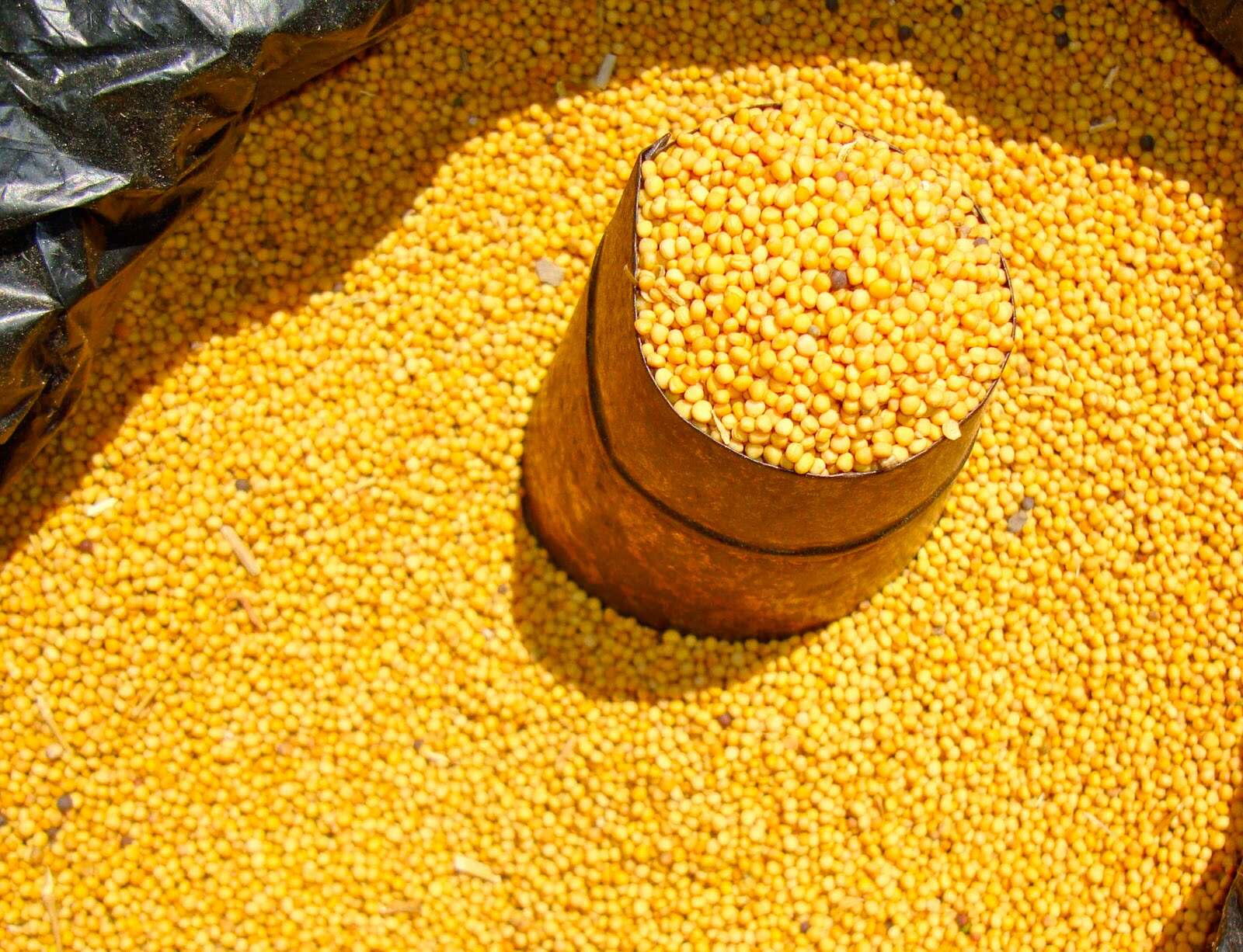
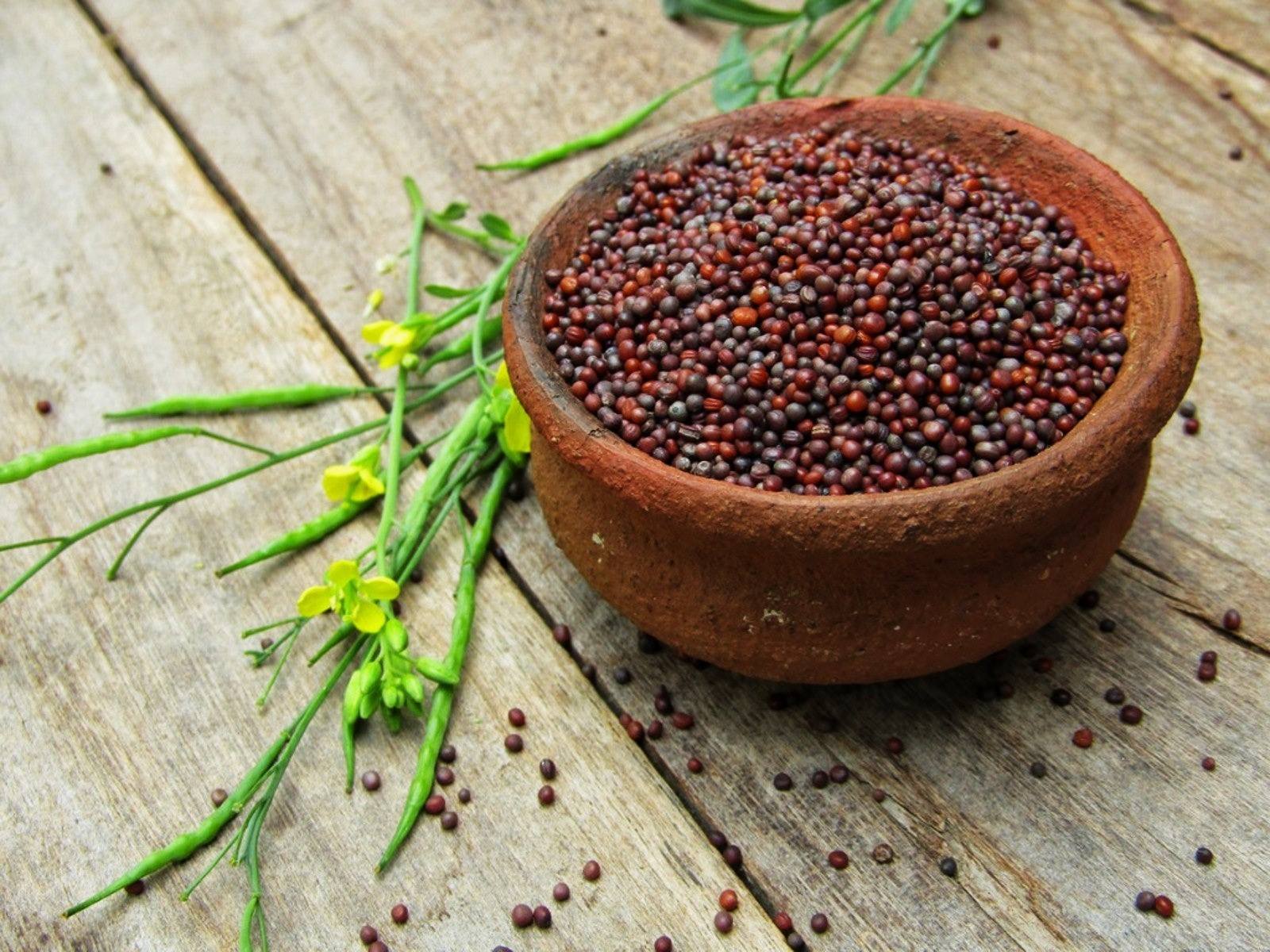
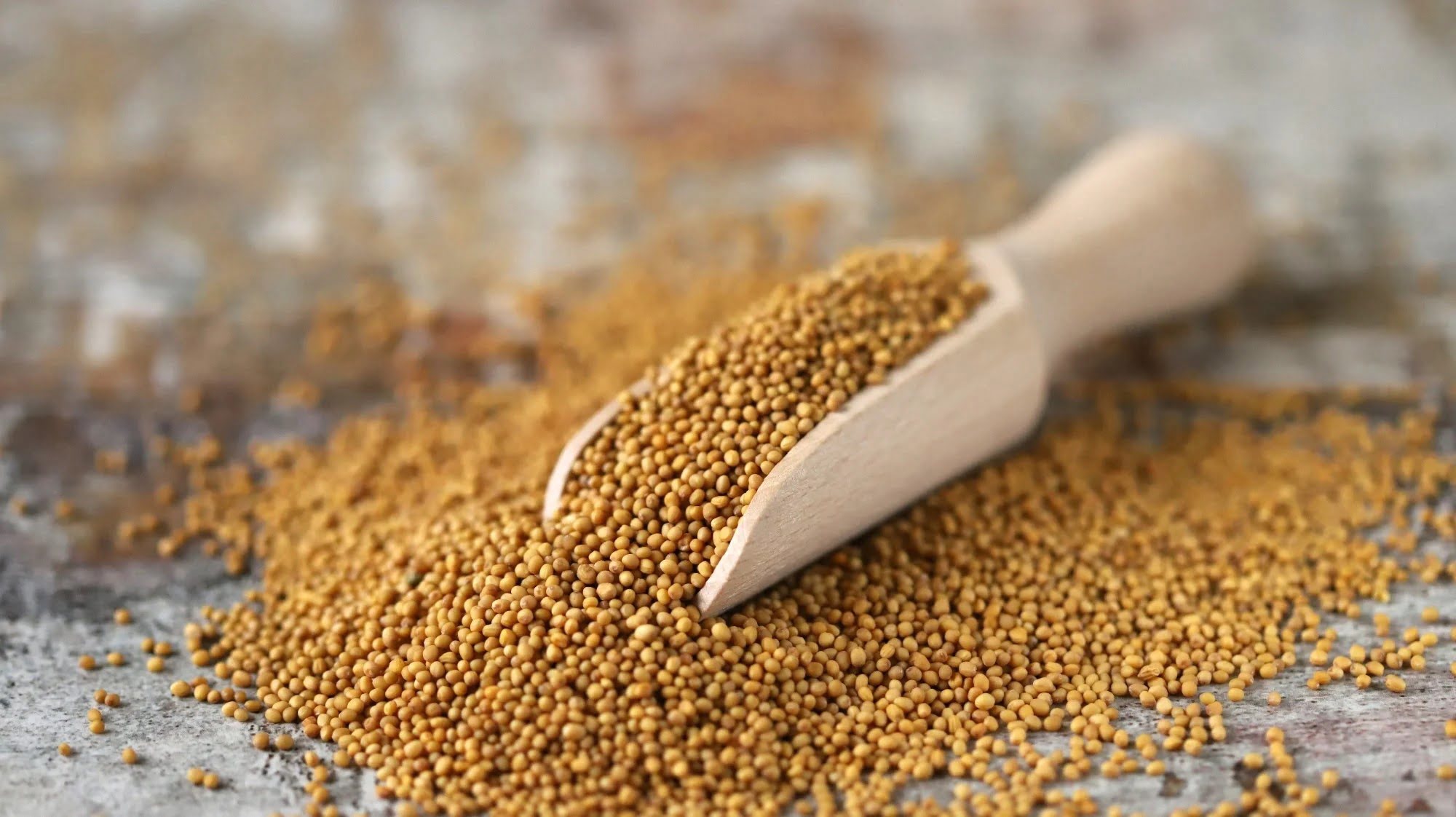
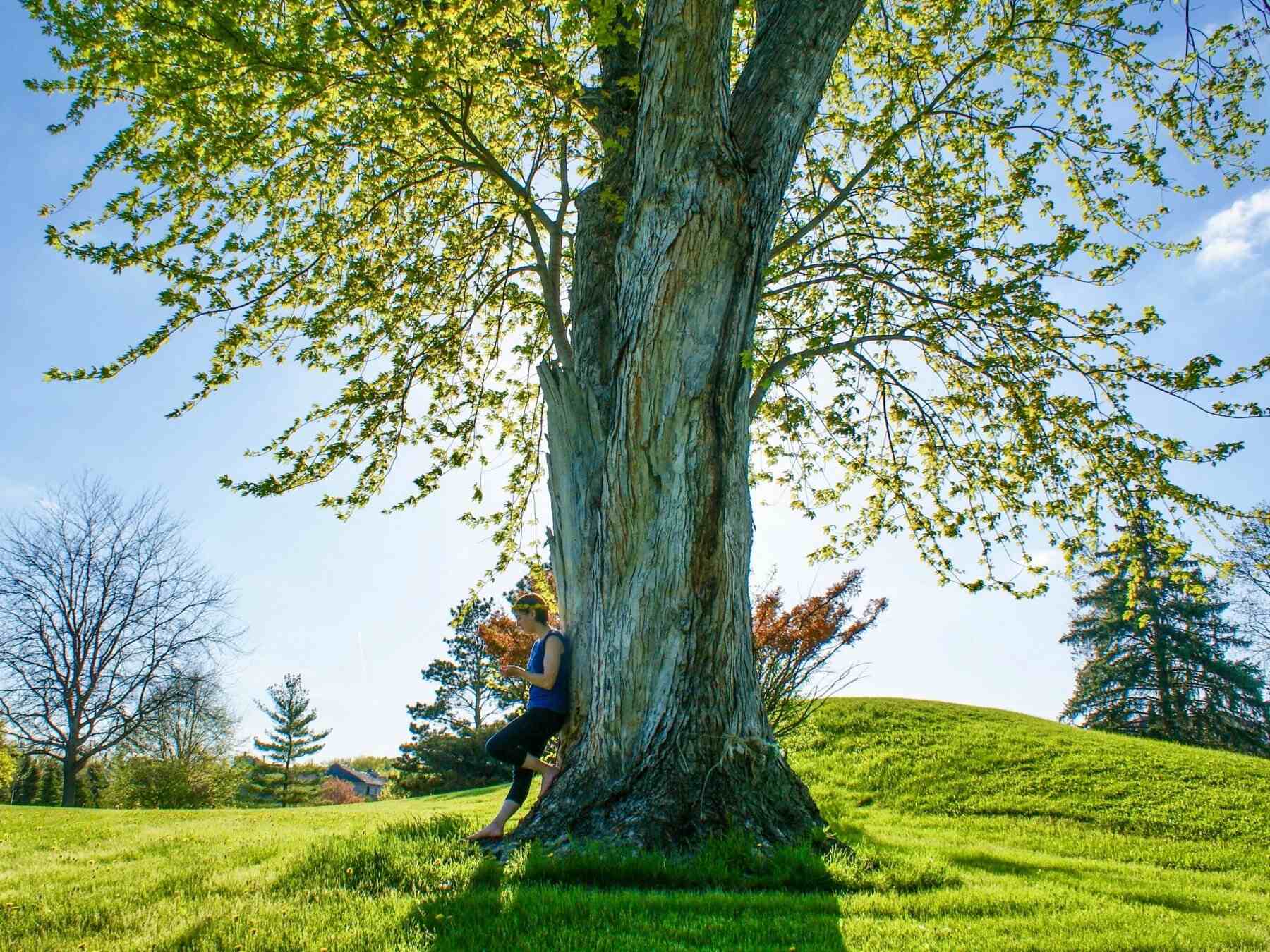
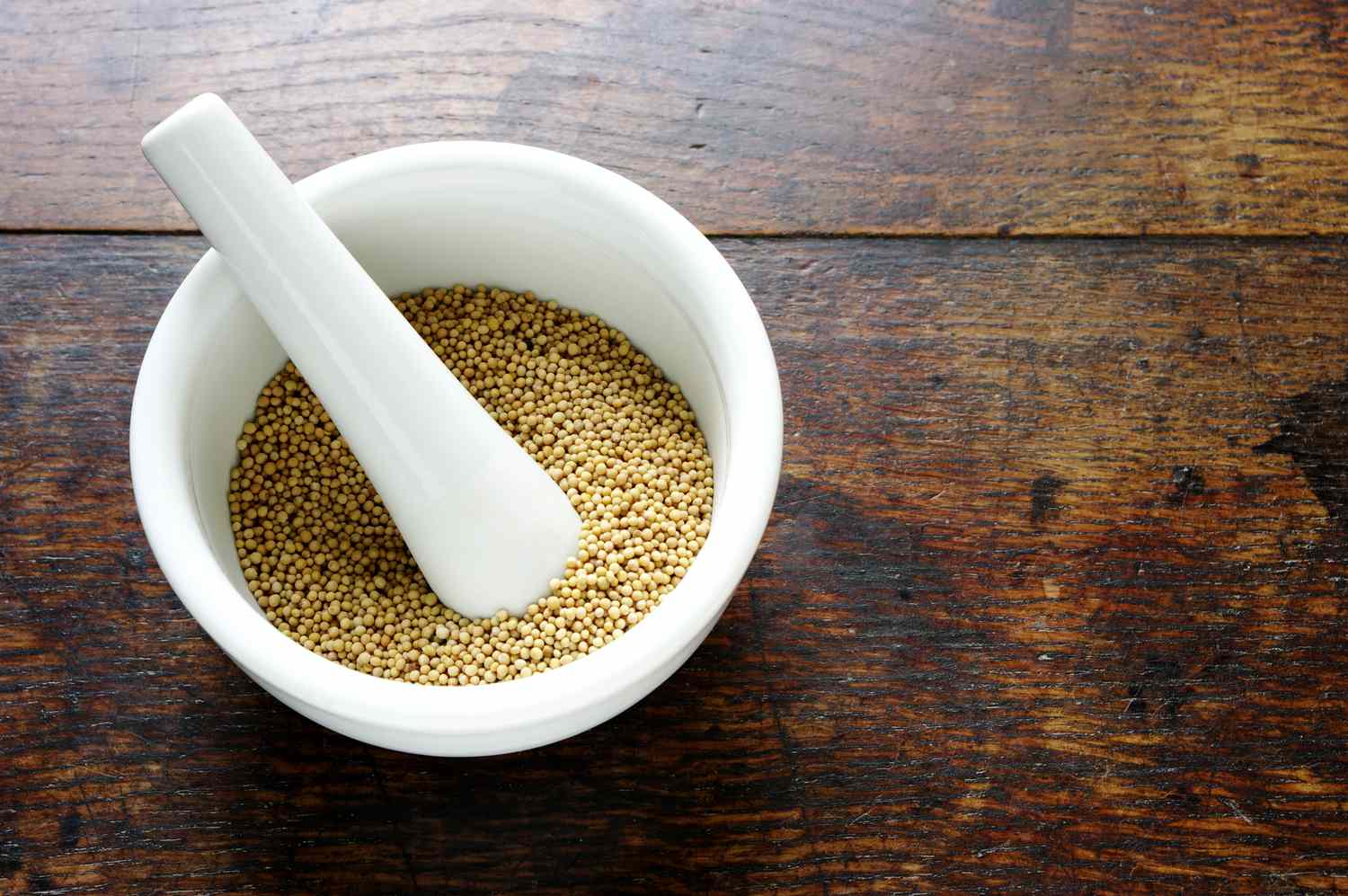
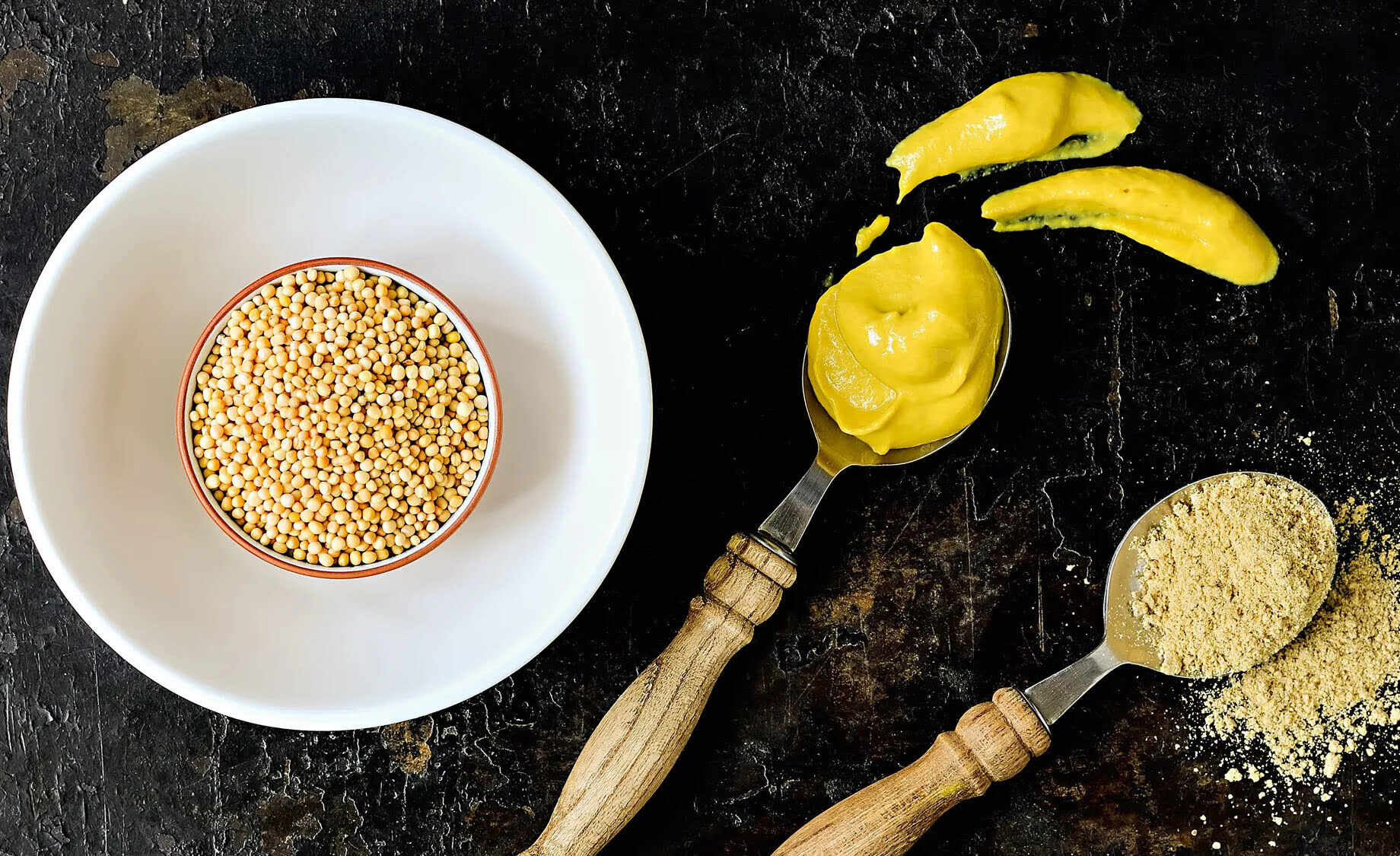
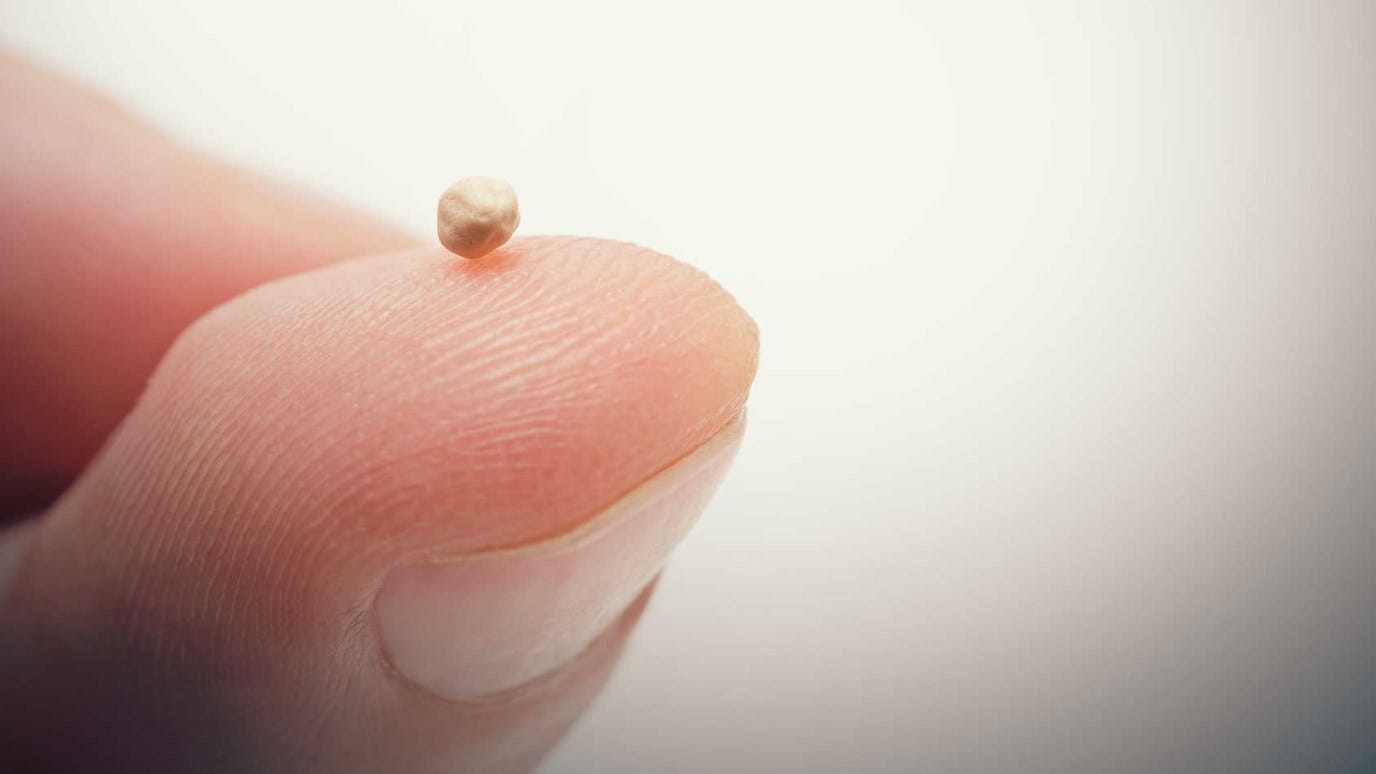
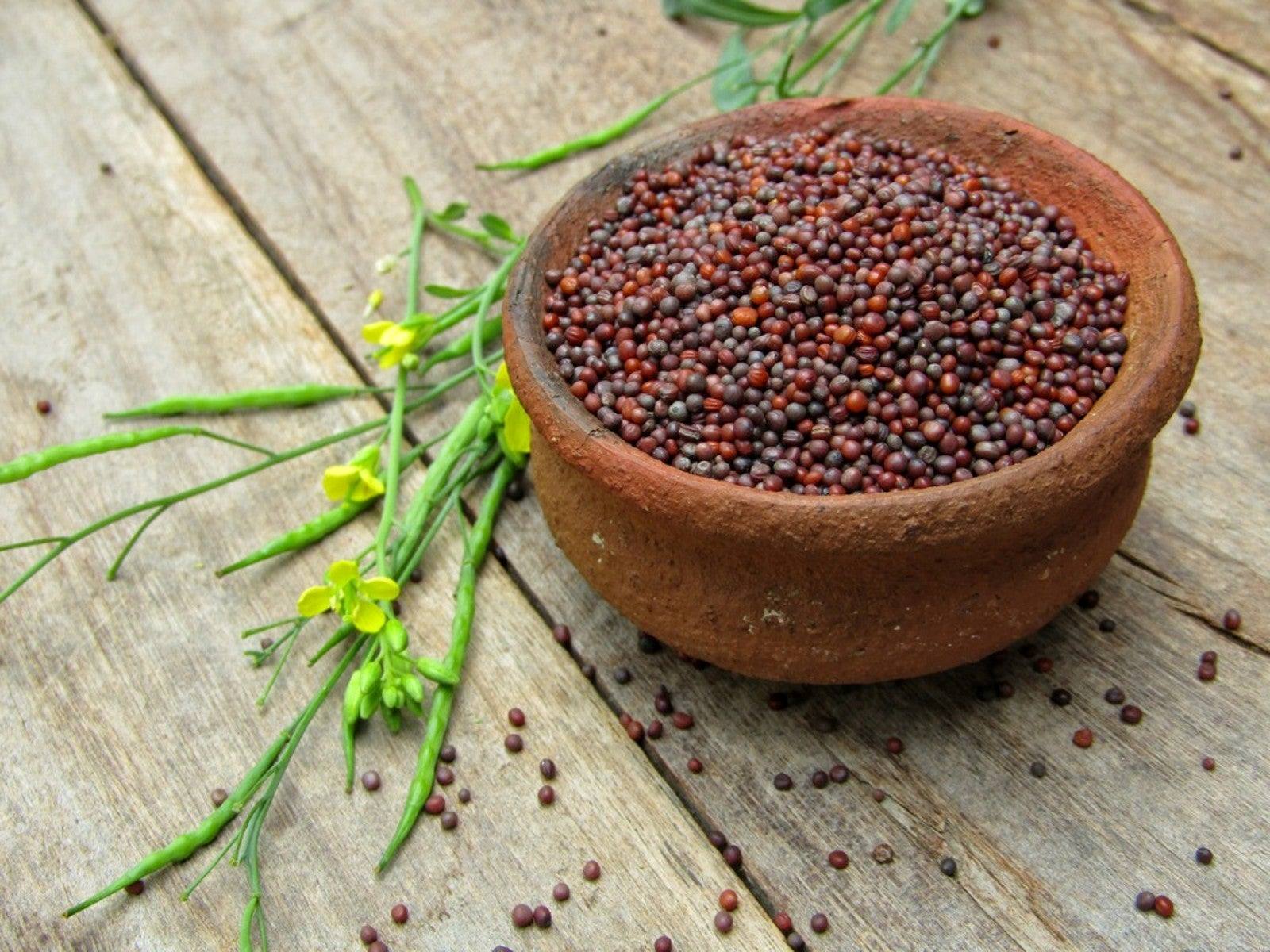
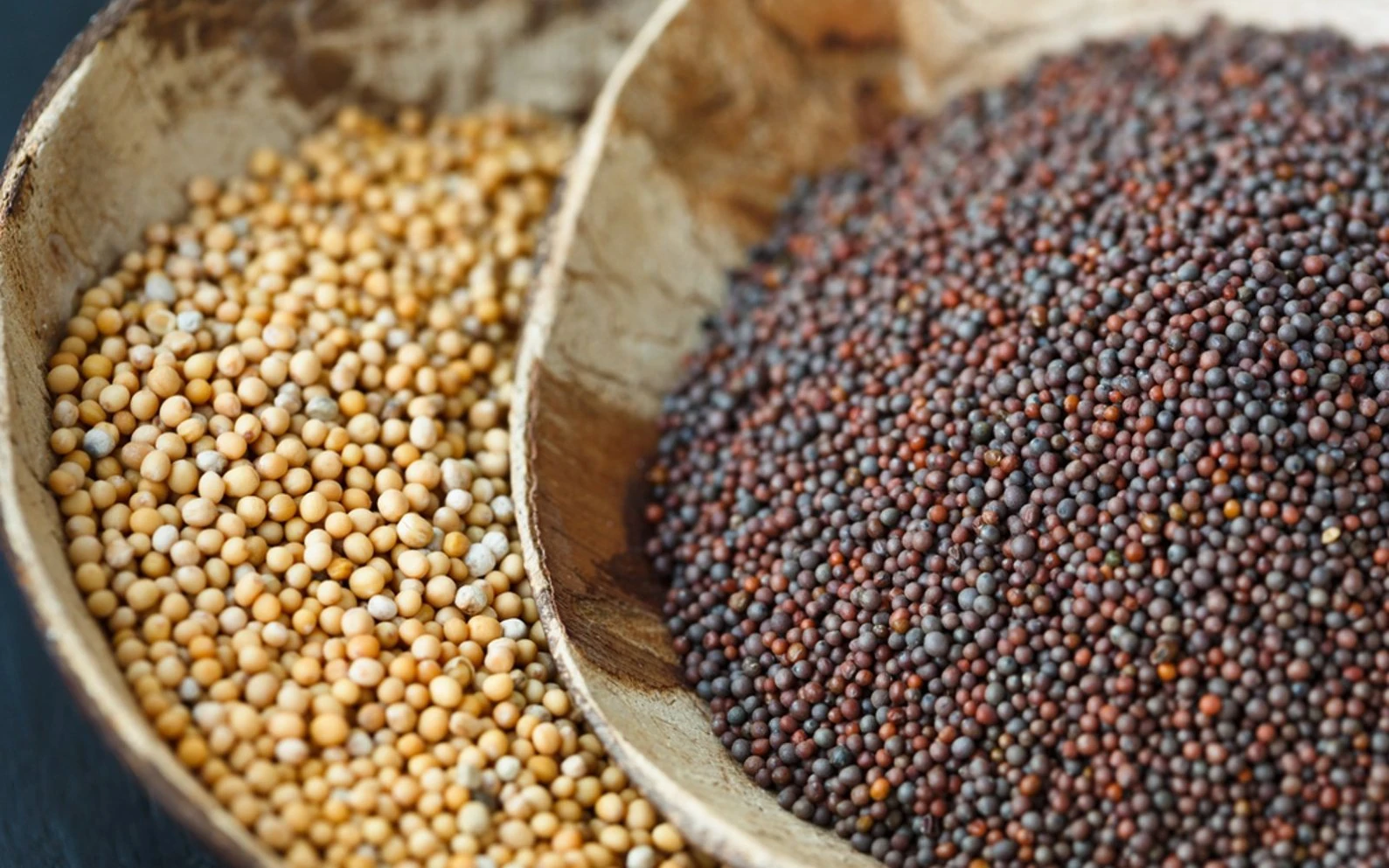
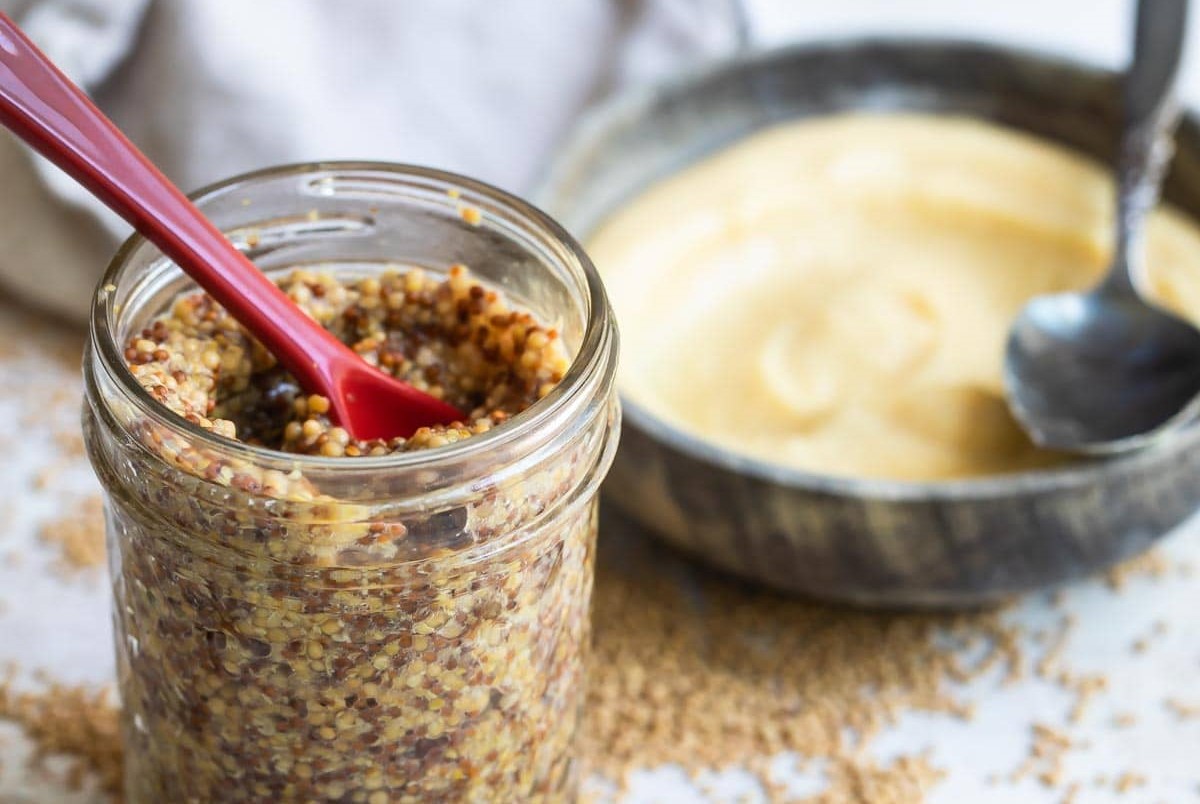
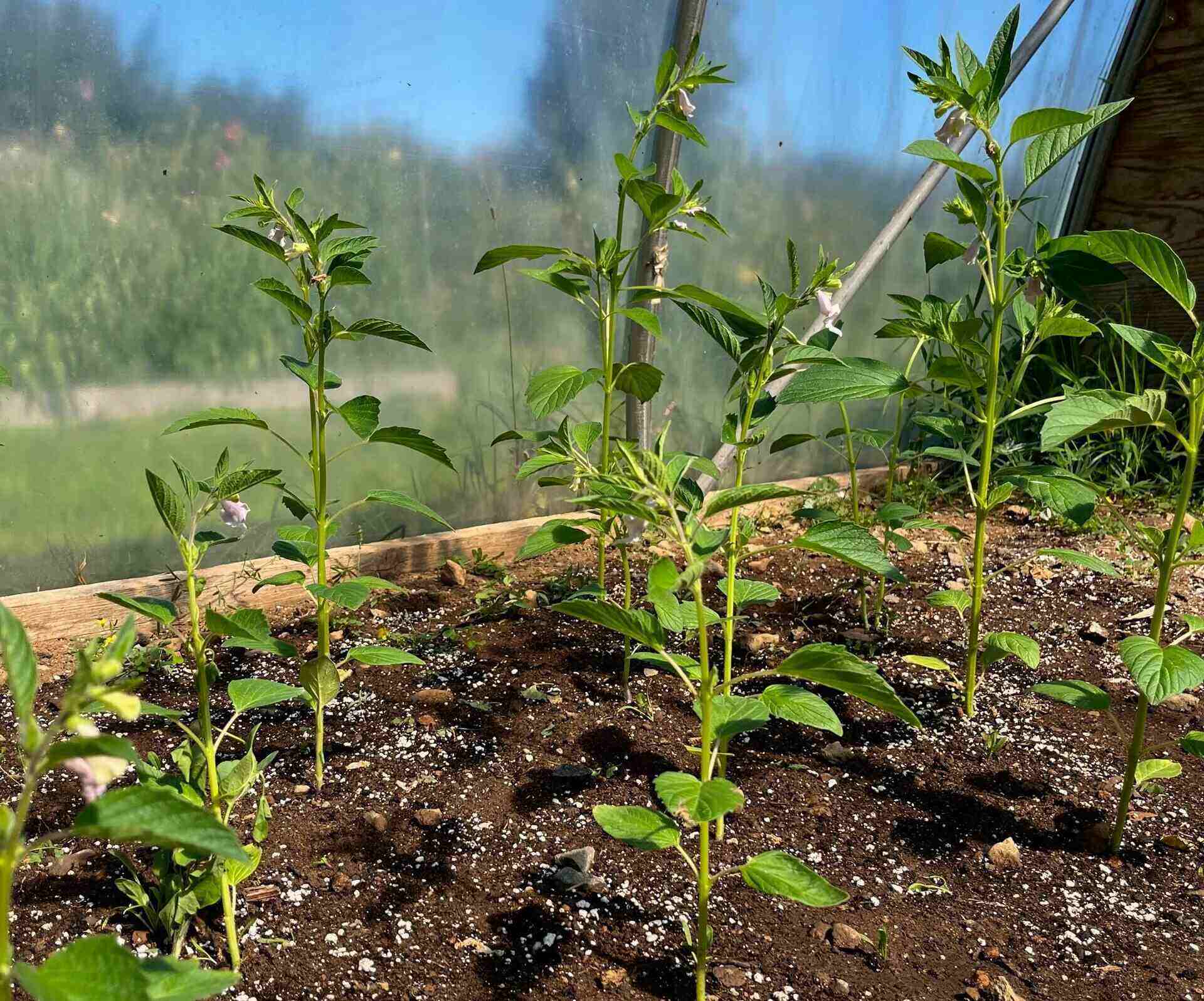
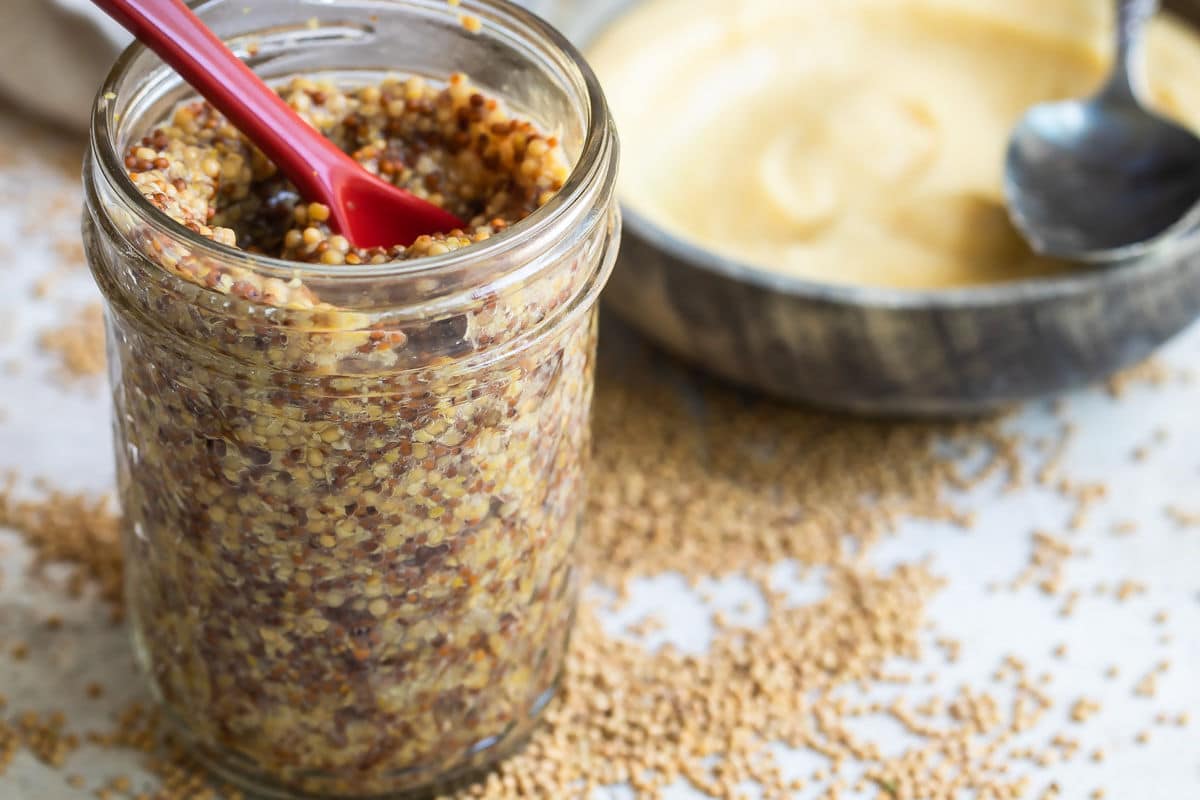
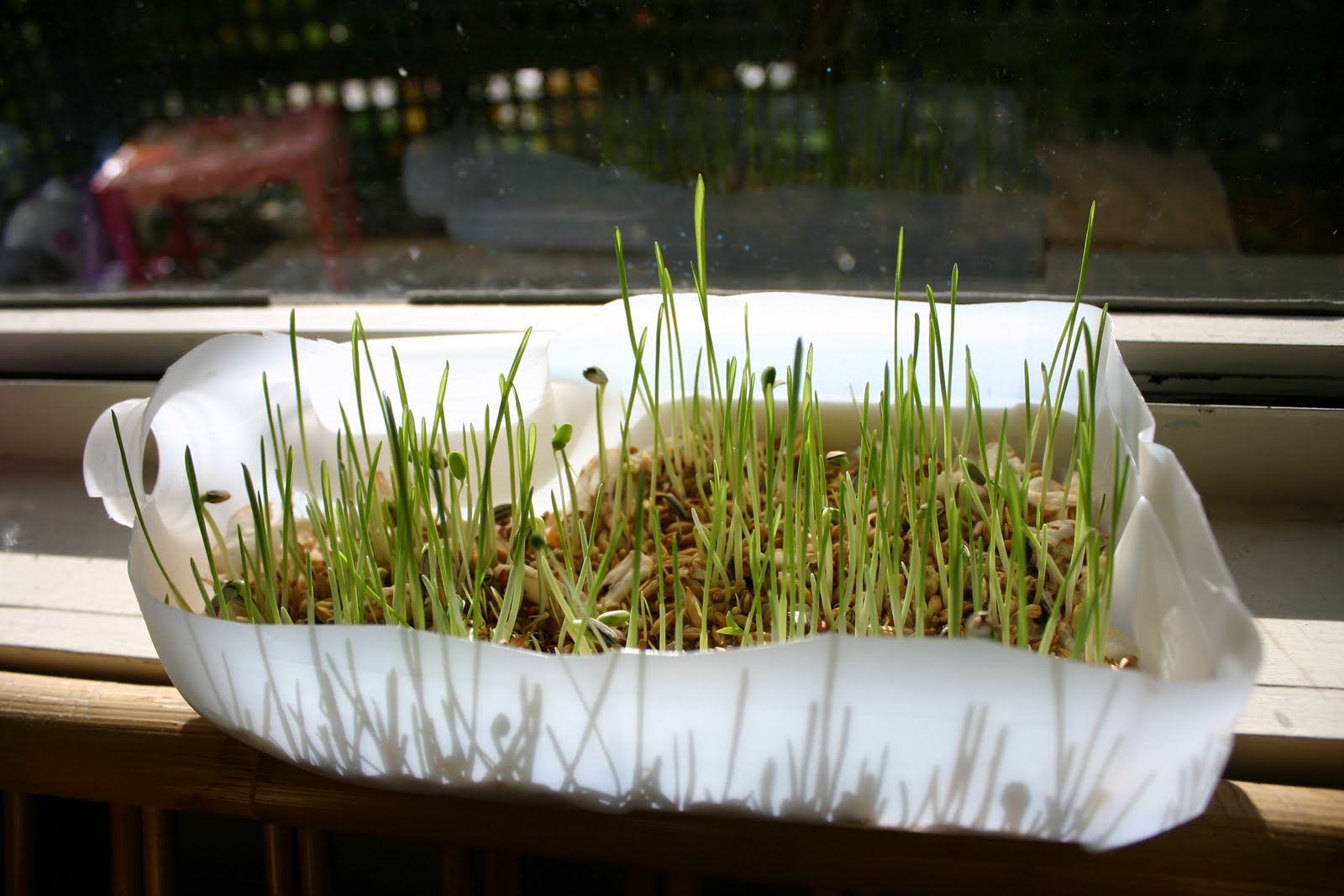
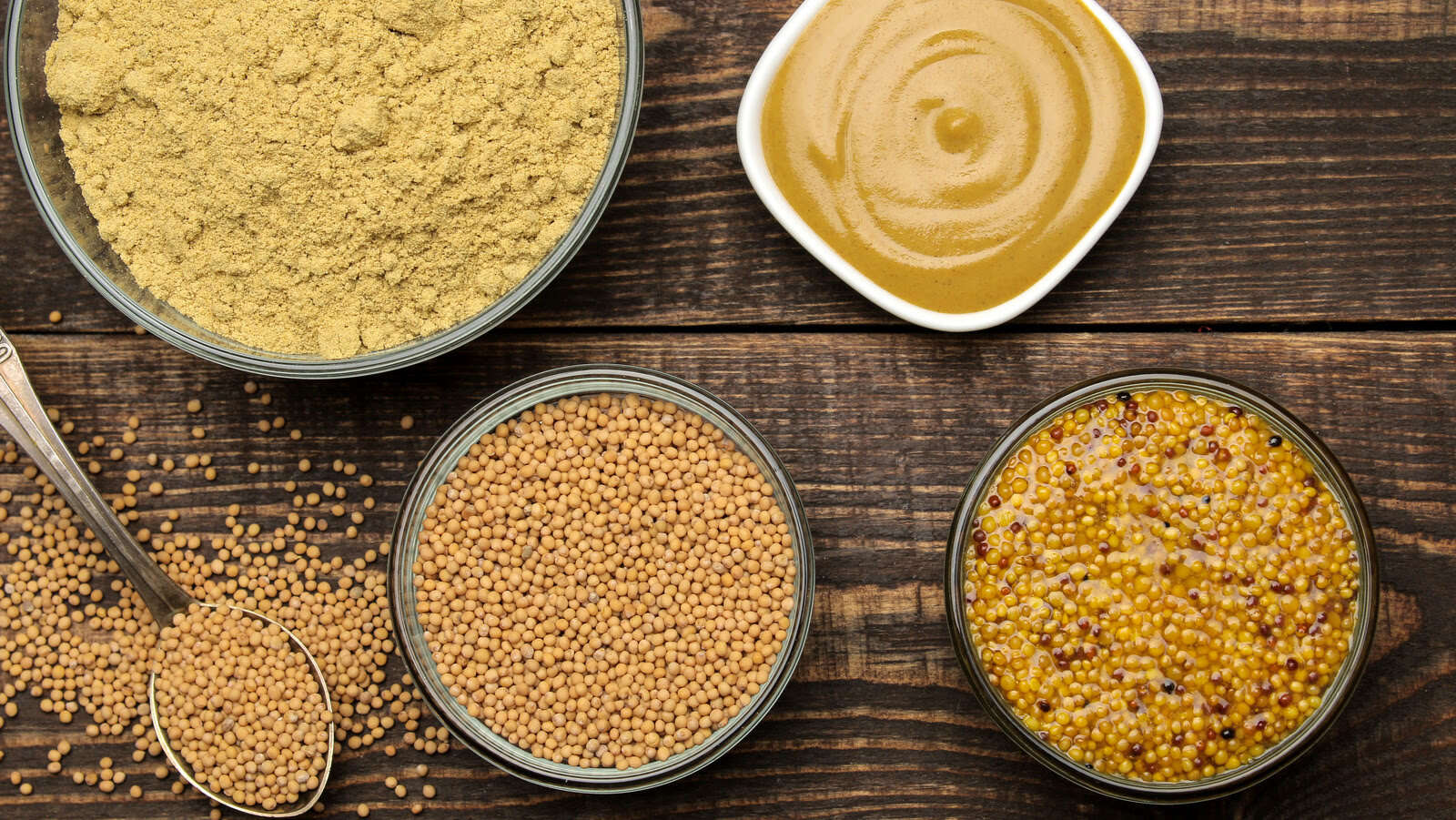

0 thoughts on “What Does Mustard Seeds Grow Into”